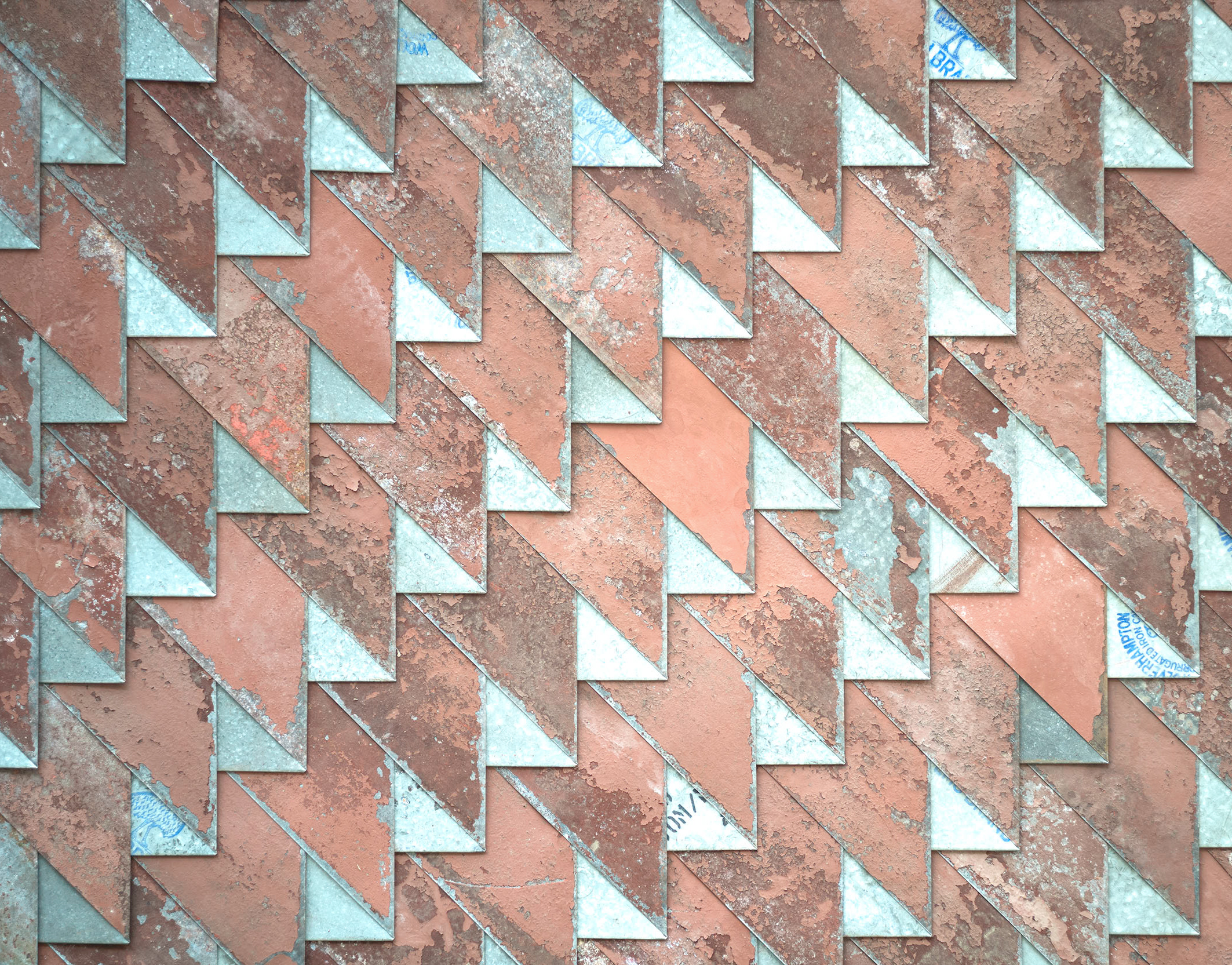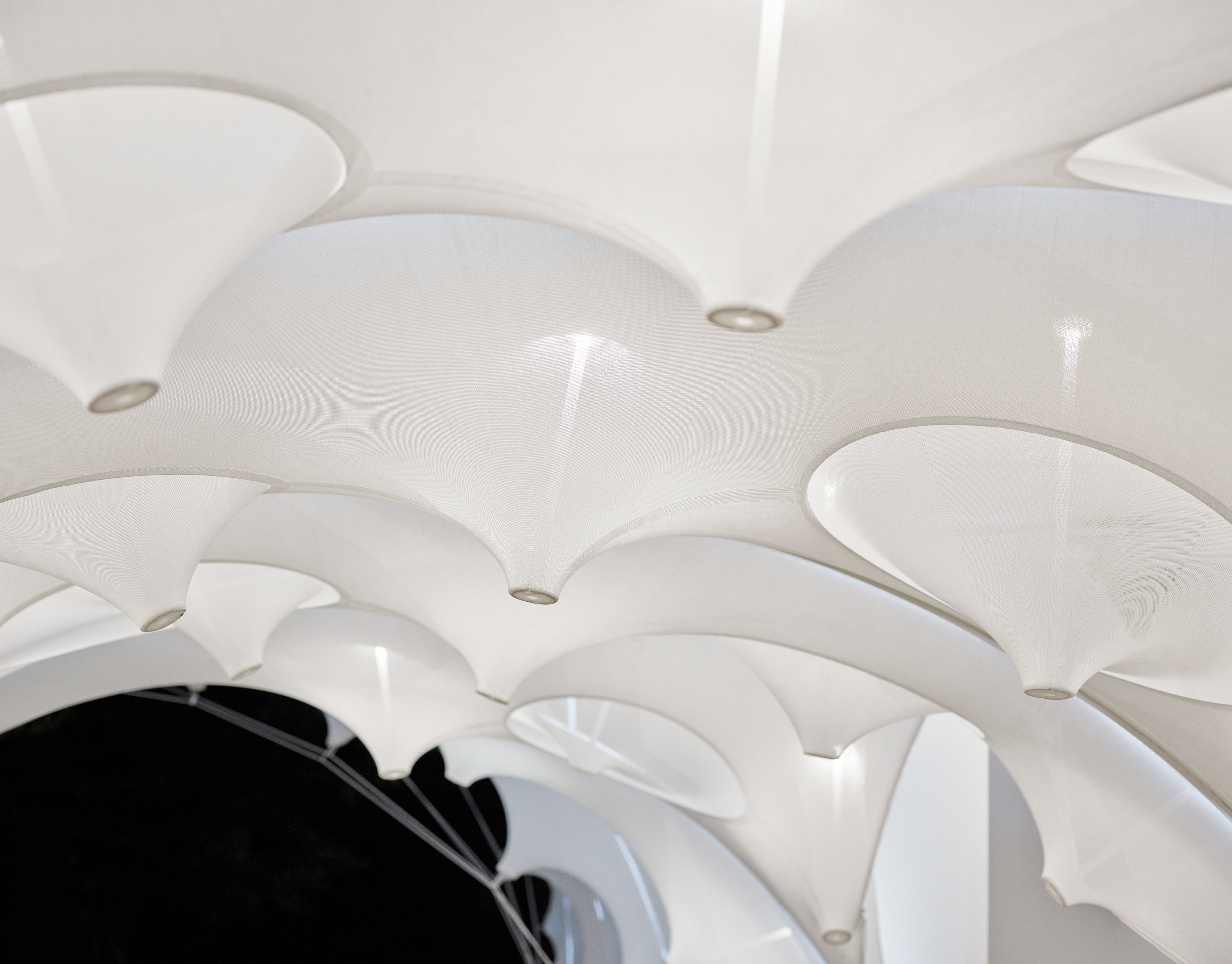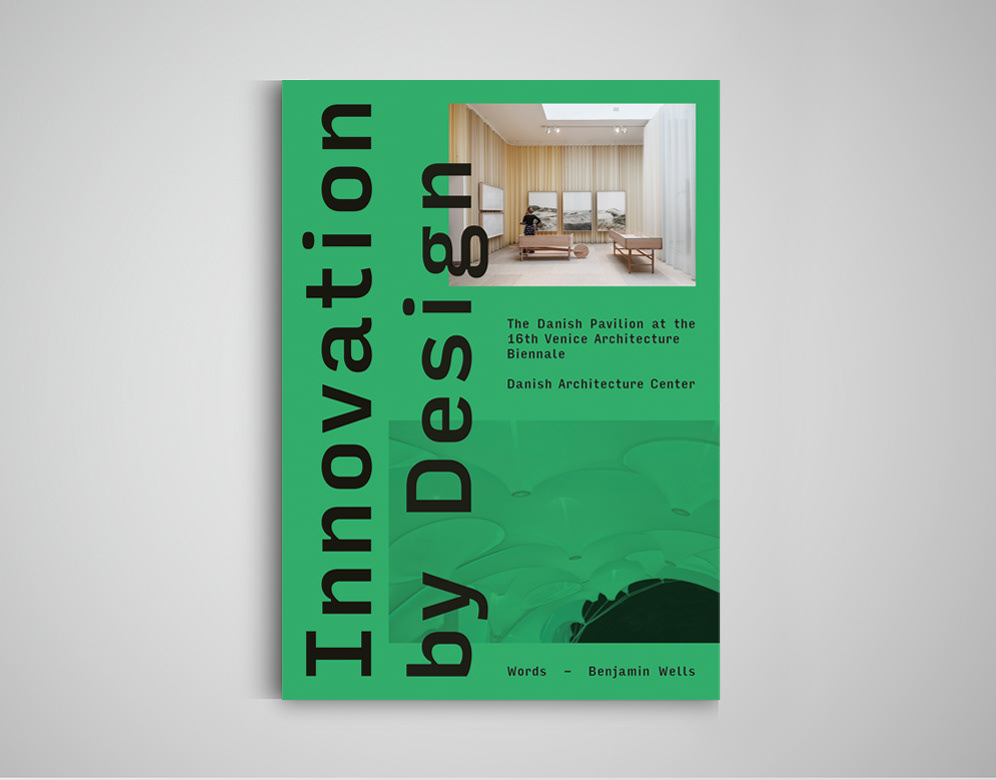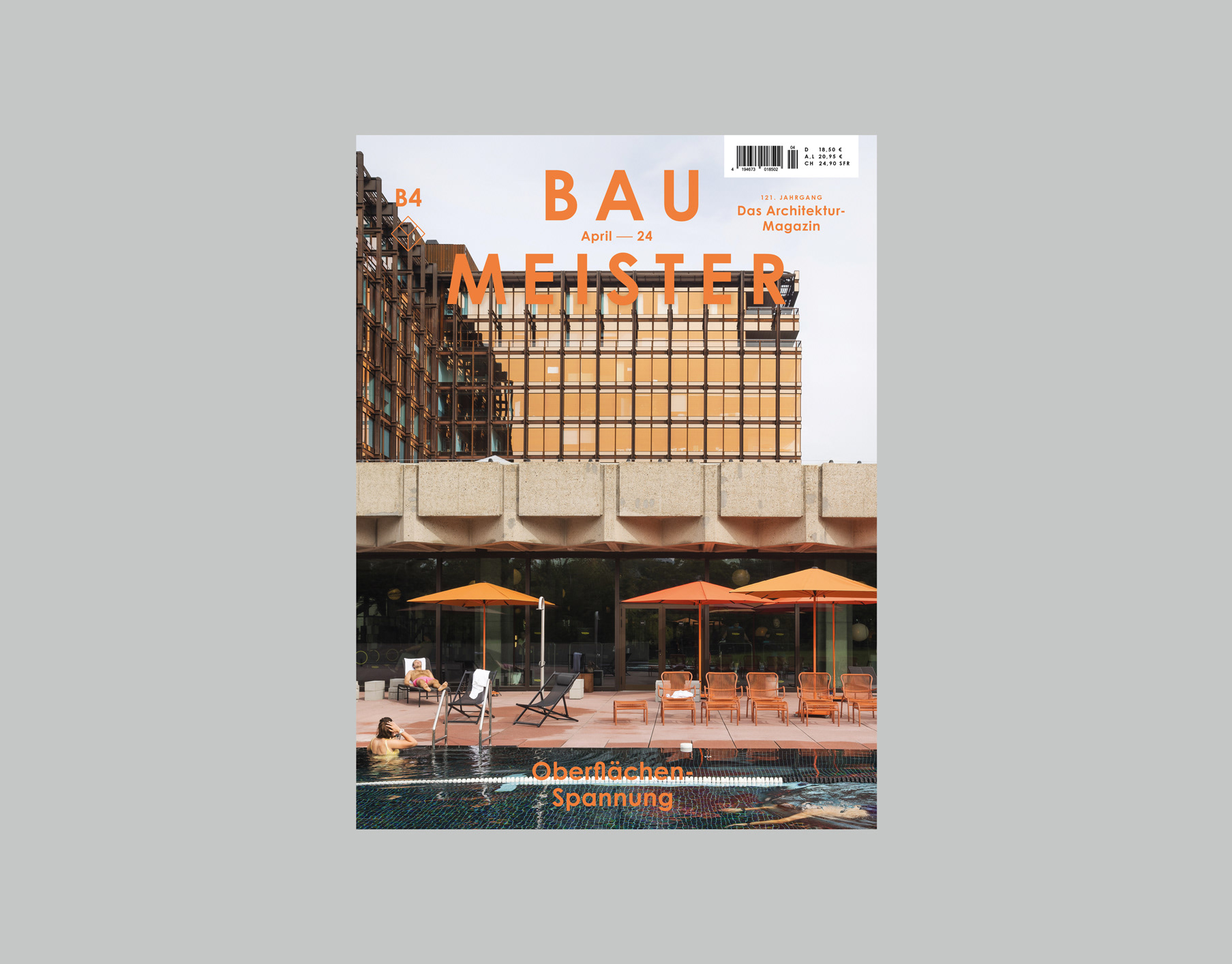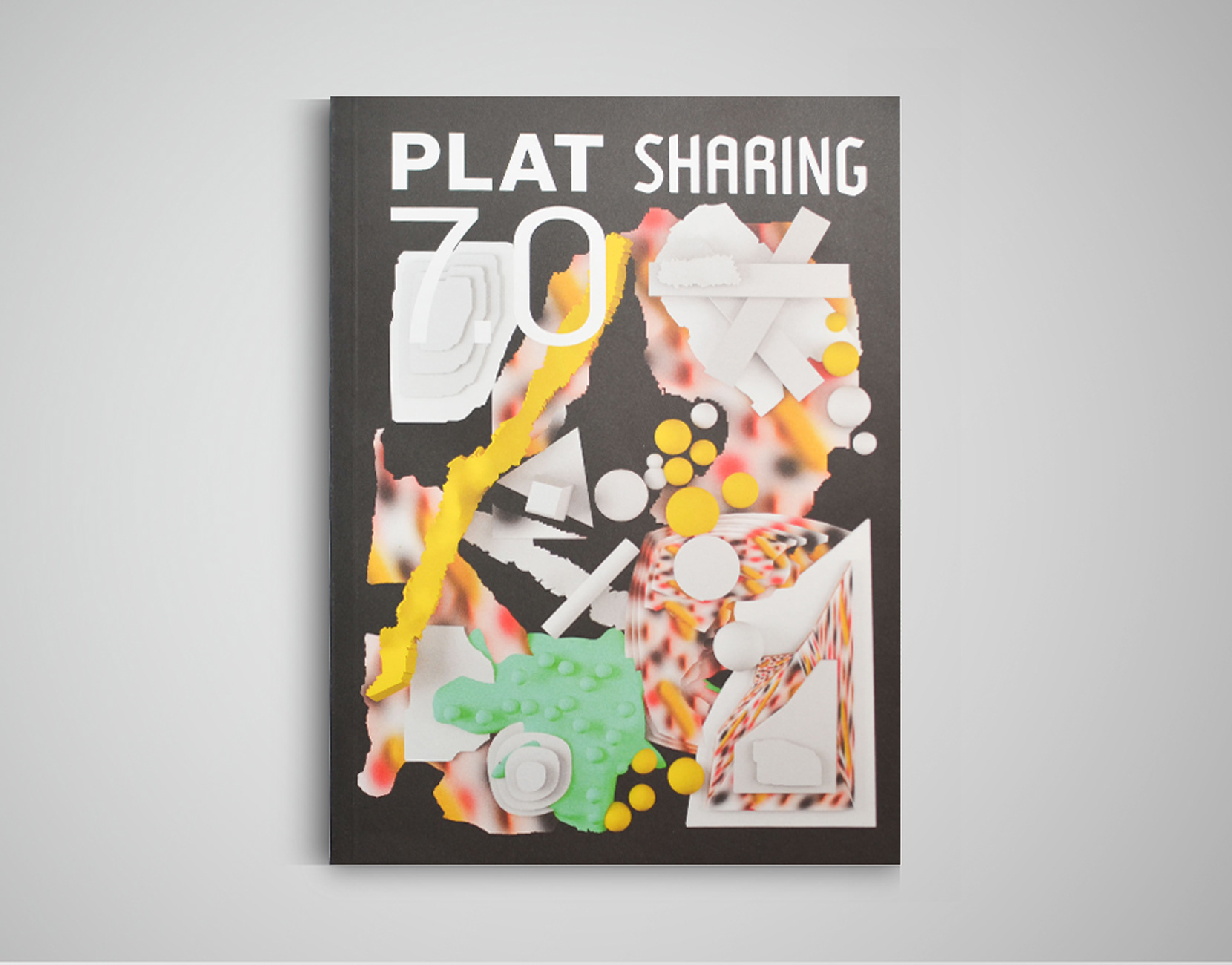This text is one of a five part series exploring the themes of the Danish contribution to the 2018 Venice Architecture Biennale.
Commissioned by Natalie Mossin (curator of the Danish Pavilion) and the Danish Architecture Center / arcspace.com
The hyperloop concept envisions a mobility infrastructure of unprecedented speed and efficiency, but its realization demands new forms of collaborative innovation. Bjarke Ingels Group have been working with Virgin Hyperloop One to design a system in the UAE, complete with autonomous pods and city portals.
Society is supported by a series of grand and interdependent systems that steadily evolve through incremental alteration, providing services like communication, energy, healthcare and transportation. The multitude of actors making these adjustments do not often operate in a coordinated way, but rather build on an accepted and shared base of knowledge that supports their actions. Transportation systems have evolved much in this way - conventional fuel-based transport has been steadily improving through many small and distributed innovations, ever since Karl Benz produced the first practical automobile in 1885. Electric vehicles now look set to make them obsolete, but these new engine systems are still largely under the chassis of the ‘car’ as we know it. This innovation in mobility has side-effects for energy systems and urban infrastructure, in turn initiating a new wave of additive innovation.
While mobility innovation has sped up in recent years in an attempt to mitigate growing environmental concerns, it has remained largely incremental, reworking existing products to use less energy and resources. This process may be necessary, but often these adjustments only address a small part of a more complex problem. Norway’s enthusiastic adoption of Tesla electric vehicles is evidence of this - they may emit less emissions but their disproportionate weight damages roads and creates microparticles, they outsource environmental impact to other points of the production line (namely lithium mines), and they reinforce the culture of large, luxury car ownership that is inextricably linked to many urban problems. All inconvenient side-effects of a seemingly constructive innovation.
The urgency of the sustainability challenge demands the invention of completely new systems, disrupting certain existing technologies with systemic and radical innovation. While full of uncertainty and risk, radical innovation can be transformative in its ability to rapidly shift embedded cultural practices in ways that incremental innovation cannot. The question is whether we can imagine these systems, and whether our processes of innovation can cope with the complexity of the challenge.
In 2013, business magnate and engineer Elon Musk proposed hyperloop - a system of pods moving through low-pressure, sealed electromagnetic tubes at speeds of 1,220 km/h. This ‘fifth mode of transport’ promised speed, able to connect cities faster than a plane (imagine Copenhagen to Berlin in 29 minutes), but also energy and cost efficiency. A compelling vision, but one so radical that it would require a multitude of collaborating disciplines, extensive financial investment, much legal and regulatory maneuvering, and political and public backing.
Perhaps understanding that a challenge of this complexity would require an unprecedented collective effort, Elon Musk released a white paper outlining the concept, effectively open-sourcing the design and inviting anyone to have a go at developing it. With so many hurdles between invention and innovation, and even more before hyperloop could be embedded in societal use, the concept demands an organic collaboration of actors that are able to overcome disciplinary boundaries and operate outside of mainstream industrial activities. Radical innovation requires radical collaboration.
A hyperloop industry soon emerged, with engineers across the globe beginning to work through the details. Virgin Hyperloop One has been the main player since the outset, with extensive financial and technical resources, but other companies like Hyperloop Transportation Technologies are making progress with their army of engineers working in their spare time. There’s even a Reddit-based organization, rLoop, who intend to decentralize the technology with their ‘network collaboration’ of 1,300 engineers (they idealistically declare that ‘for radical innovations to be truly radical, they must be decoupled from profit motives’). Together these organizations have pushed the hyperloop technology further in five years than train travel evolved in a hundred.
Design has an important role to play in this process of radical innovation, in its ability to visualize nascent concepts and give form to abstract but emerging ideas. Virgin Hyperloop One invited architects Bjarke Ingels Group to join their team for obvious reasons - BIG have built their brand on designing and visualizing forms that are determinedly novel. While the vast majority of architectural innovations are incremental in nature, Bjarke Ingels has long favored the radical, channeling his love of science fiction into projects like the Mars Science City.
BIG’s task was to study how urban and inter-city hyperloop networks would integrate with existing mobility infrastructure, and what implications this would have on urban planning, transport hubs and the experience of travel more broadly. BIG’s proposals are envisioned for the UAE, perhaps the only place with the financial resources and political audacity to make hyperloop a reality, and initial routes have been selected by passenger density and proximity to existing hubs. The main objective of BIG’s proposals is to ‘eliminate waiting from the passenger experience’. They have drawn up proposals for the pods with various seating arrangements for passengers, but their primary focus has been on the hyperloop stations, or ‘portals’. These portals are cyclical as opposed to linear, allowing the ‘transporters’ to move uninterrupted in a continuous loop. The small unit-size of these pods (up to 6 people) allows for a high arrival and departure rate, and these pods will operate independently from the transporter so that they can move on regular roads as autonomous vehicles.
‘With Hyperloop One we have given form to a mobility ecosystem of pods and portals, where the waiting hall has vanished along with waiting itself … With Hyperloop we are not only designing a futuristic station or a very fast train – we are dealing with an entirely novel technology with the potential to completely transform how our existing cities will grow and evolve - and how new cities will be conceived and constructed’. Bjarke Ingels, Founding Partner, BIG
BIG’s involvement in the project goes far beyond the design of the system’s portals, as they bring an architectural perspective to the more fundamental questions that hyperloop raises. They are speculating on the exciting (and terrifying) implications for cities that don’t have the growth limits they have now and could be connected across territories in new ways. BIG were employed to design the system’s nodes, but also to imagine the many possible futures that hyperloop might enable.
While a fully functional hyperloop is still some years away, BIG and the team at Virgin Hyperloop One are reflective on the impact that the collaboration has already had on their working practice. In a panel discussion on future mobility at the Venice Biennale vernissage, Bjarke Ingels and Josh Giegel (head of engineering at Virgin Hyperloop One) struggle to hide their mutual admiration, with Giegel describing his ‘butterflies’ when they first met and Ingels speaking of his ‘epiphany that mechanical engineers dream!’. The project has demanded a multidisciplinary approach that has challenged their traditional roles and with it their usual skepticism of each other's profession. This has had a lasting on BIG, who have recently taken the ‘BIG LEAP’ of integrating Landscape, Engineering, Architecture and Product (LEAP) into their practice.
BIG’s contribution to the Danish pavilion at the 2018 Venice Architecture Biennale might not be as radical as the system it is representing, but it seeks to describe some of hyperloop’s abstract concepts and provoke questions about its urban implications. An illustration explains the various elements of the hyperloop infrastructure. Highly engineered components evidence the fragmentation and convergence of traditional disciplines. A collage of images depict both realized prototypes and imagined futures. And a ‘zoetrope’ explains how at full speed, windows placed in the hyperloop tube will allow ‘solid to melt into transparent’, negating the need for digital windows.
The hyperloop odyssey continues to raise many exciting questions about the future of urban design, challenging perceptions of time and distance while promising plenty of unforeseen side-effects. But it also reveals the radical potential of crowd-sourced, multidisciplinary, distributed innovation, in which BIG become just one actor within a vast network of collaborators. This collective effort is bringing hyperloop’s realization ever closer, innovating mobility at an unprecedented speed.
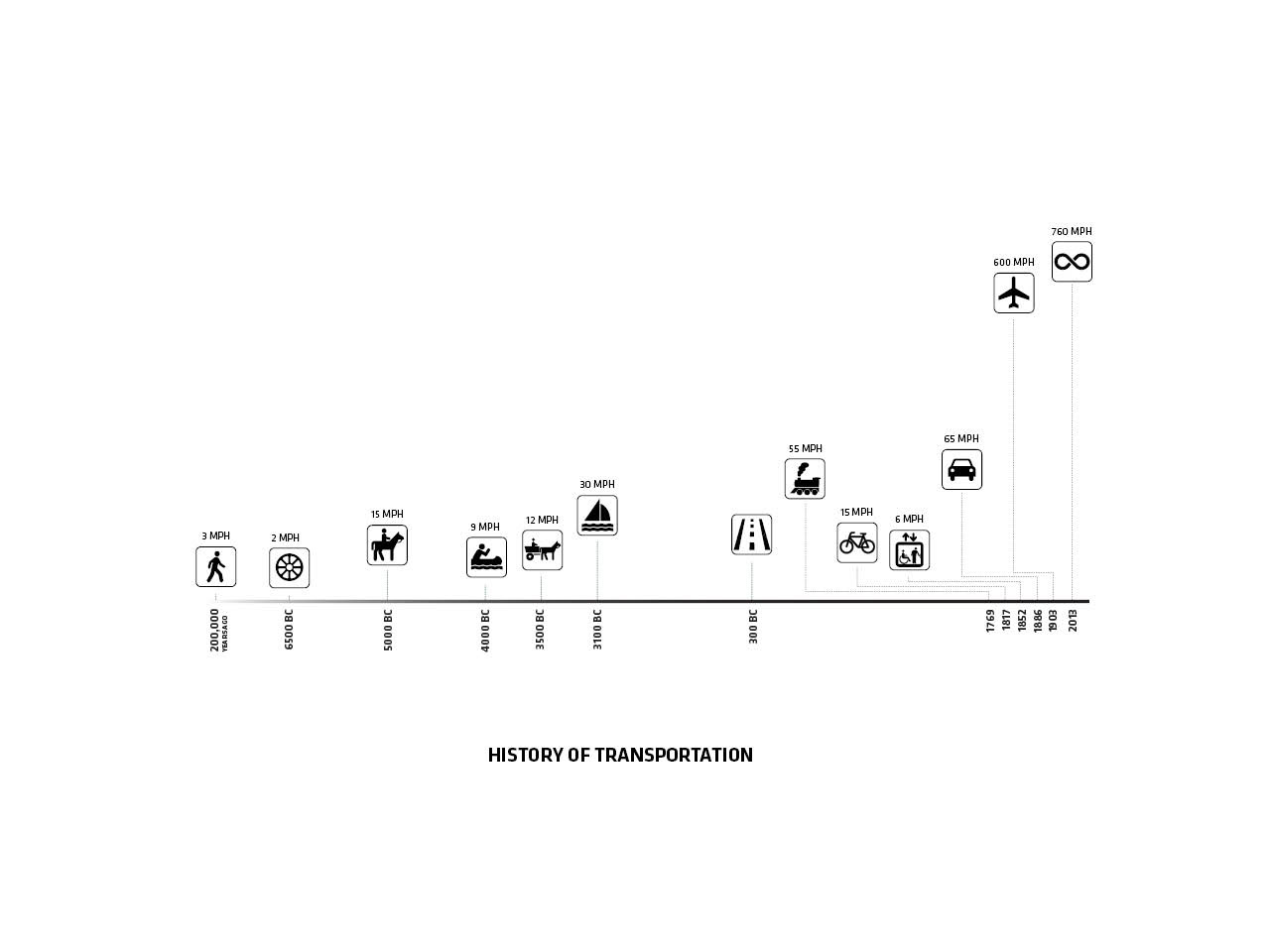
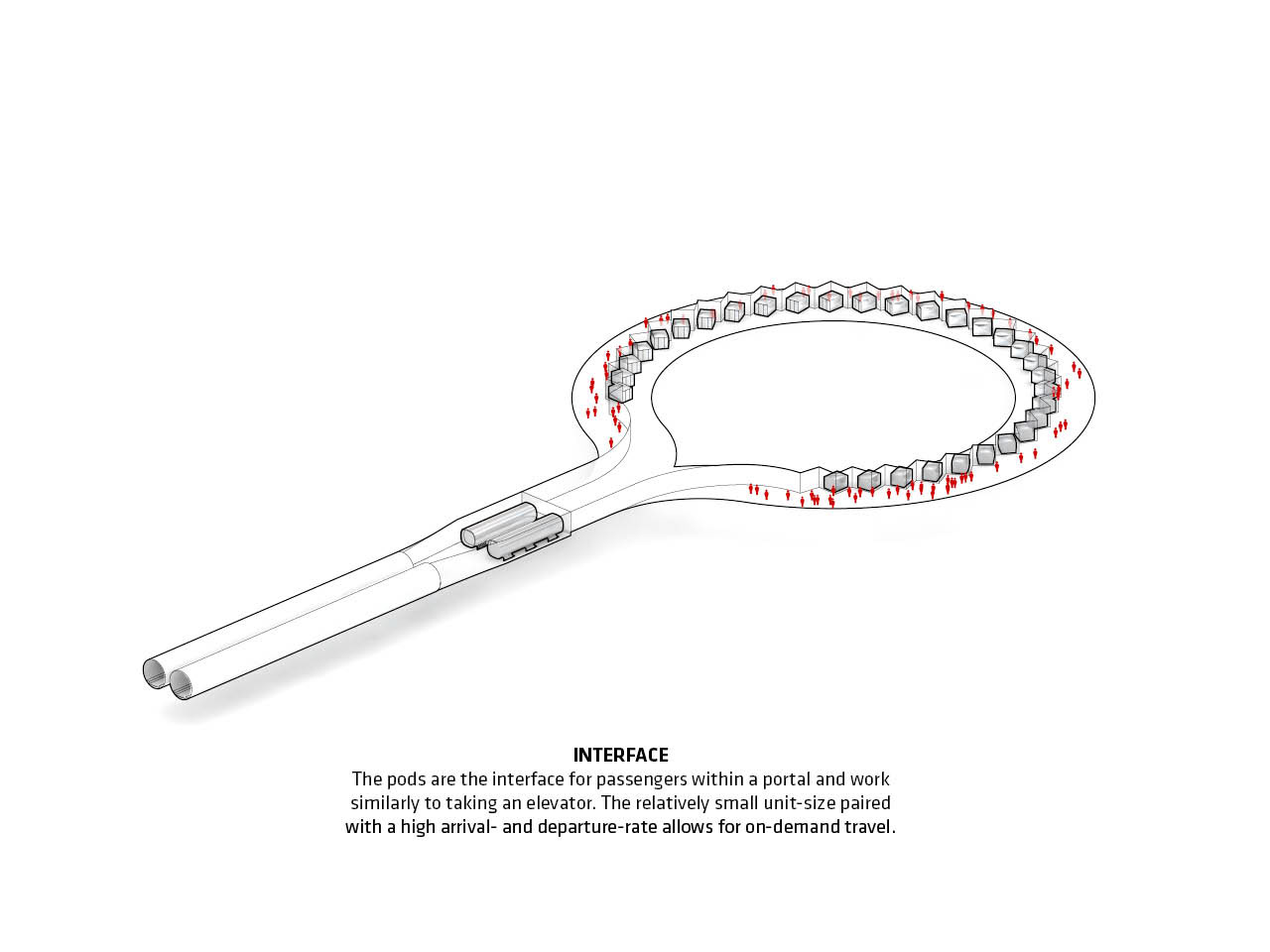
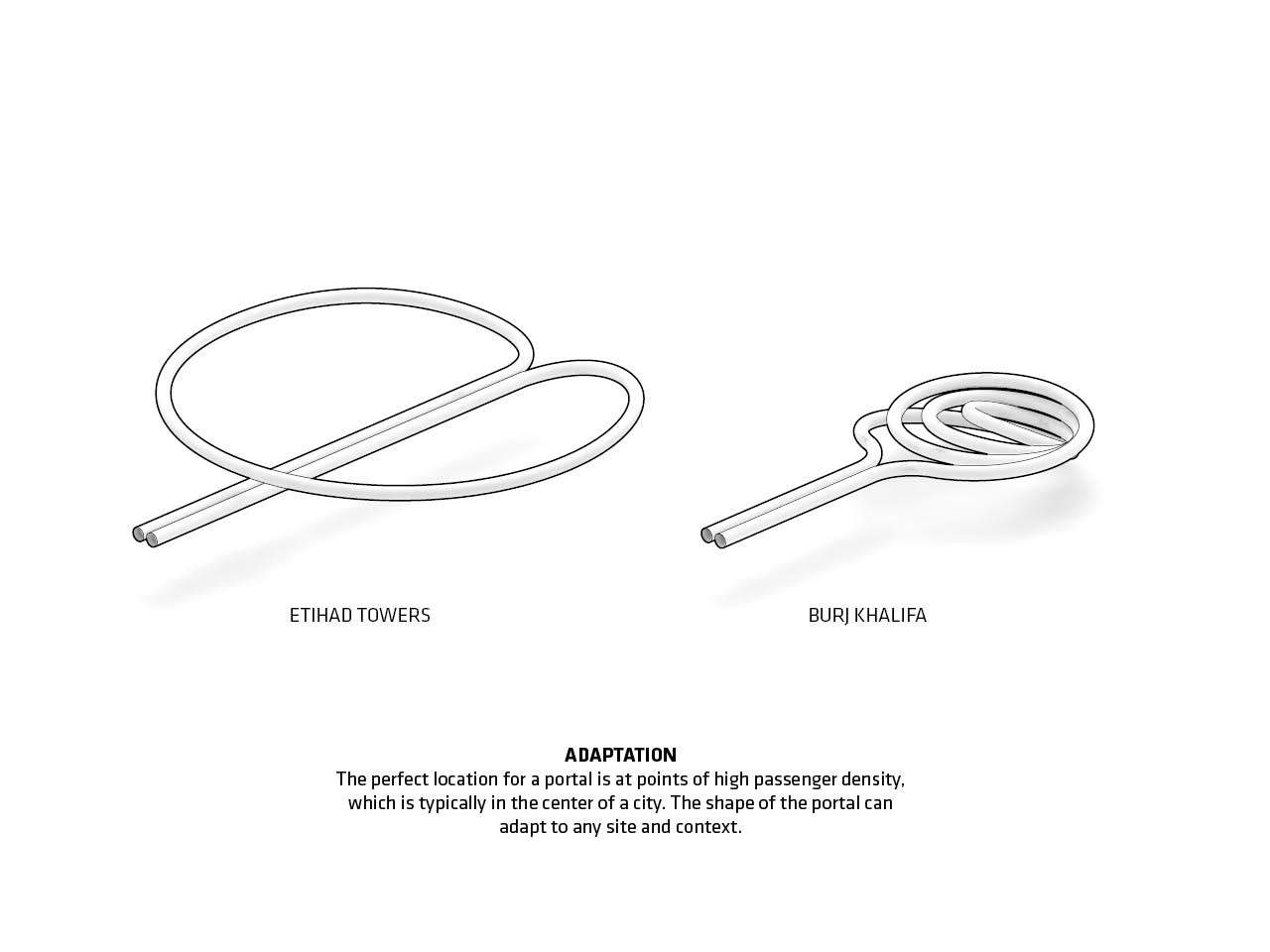
Client: Virgin Hyperloop One
Year: 2016-2020+
Location: Dubai, United Arab Emirates
Architect: Bjarke Ingels Group
Collaborators: BIG IDEAS, Virgin Hyperloop One, Virgin Group, Aecom, Amberg Group, Arcturan Sustainable Cargo, Arup, Cargo Sous Terrain, Deutsche Bahn Engineering & Consulting, FS Links, Grid, KPMG, and Systra, Squint/Opera, TOMORROW.
Architect’s team: Bjarke Ingels, Jakob Lange, Sören Grünert, Erik Berg Kreider, Adi Krainer, Ashton Stare, Cheyenne Vandevoorde, Cristian Lera, Daniele Pronesti, Derek Wong, Domenic Schmid, Evan Wiskup, Francesca Portesine, Hugo Soo, Kristian Hindsberg, Lam Le Nguyen, Lasse Kristensen, Linda Halim, Maureen Rahman, Ovidiu Munteanu, Pei Pei Yang, Ryan Duval, Stephen Steckel, Terrence Chew, Thomas Christoffersen, Veronica Moretti
Venice Biennale installation: Virgin Hyperloop One
View at source.
This text is the fourth in a five part series exploring the themes of the Danish contribution to the 2018 Venice Architecture Biennale.
Commissioned by Natalie Mossin - curator of the Danish Pavilion, and the Danish Architecture Center. Published on arcspace.com.


